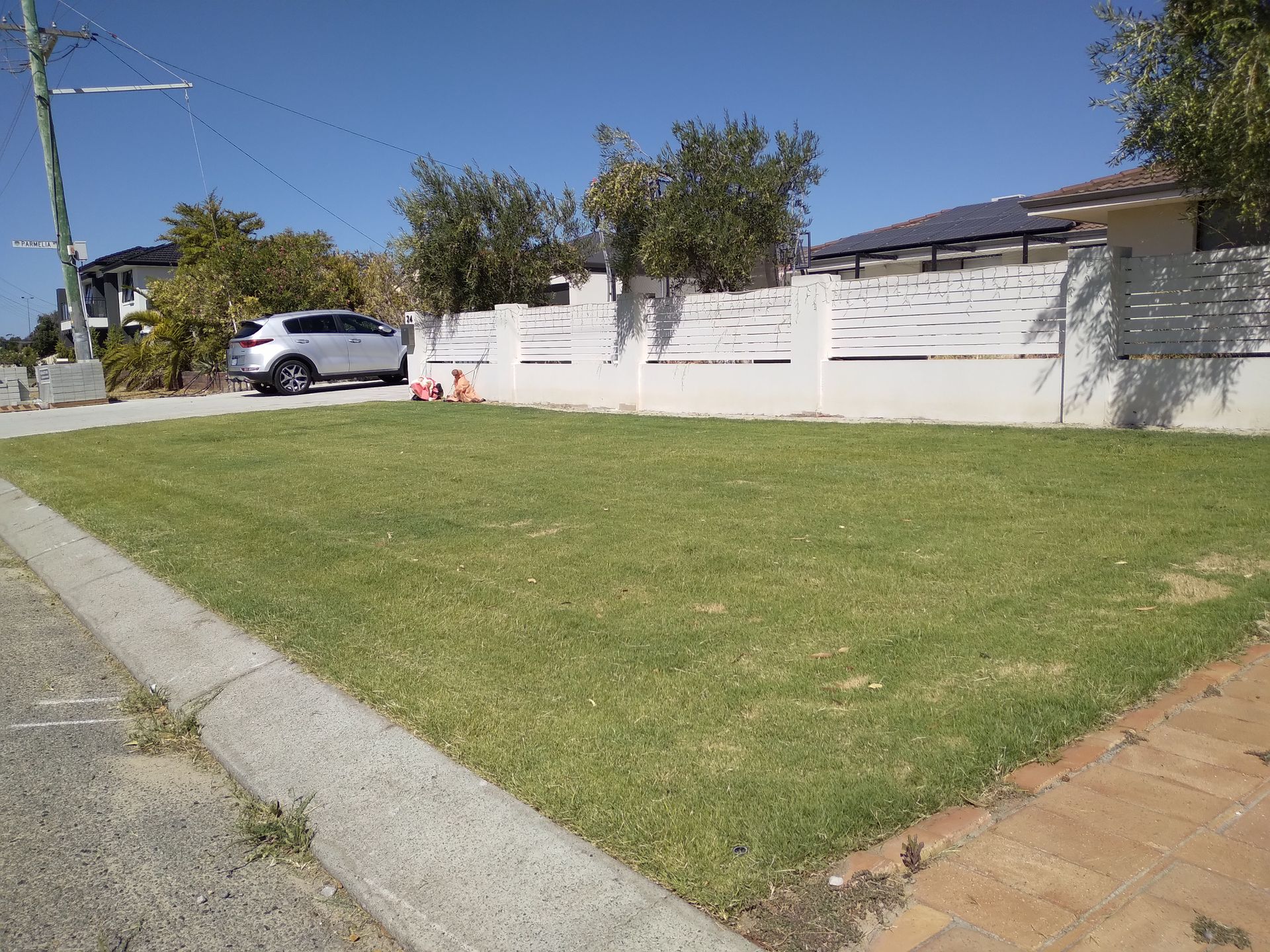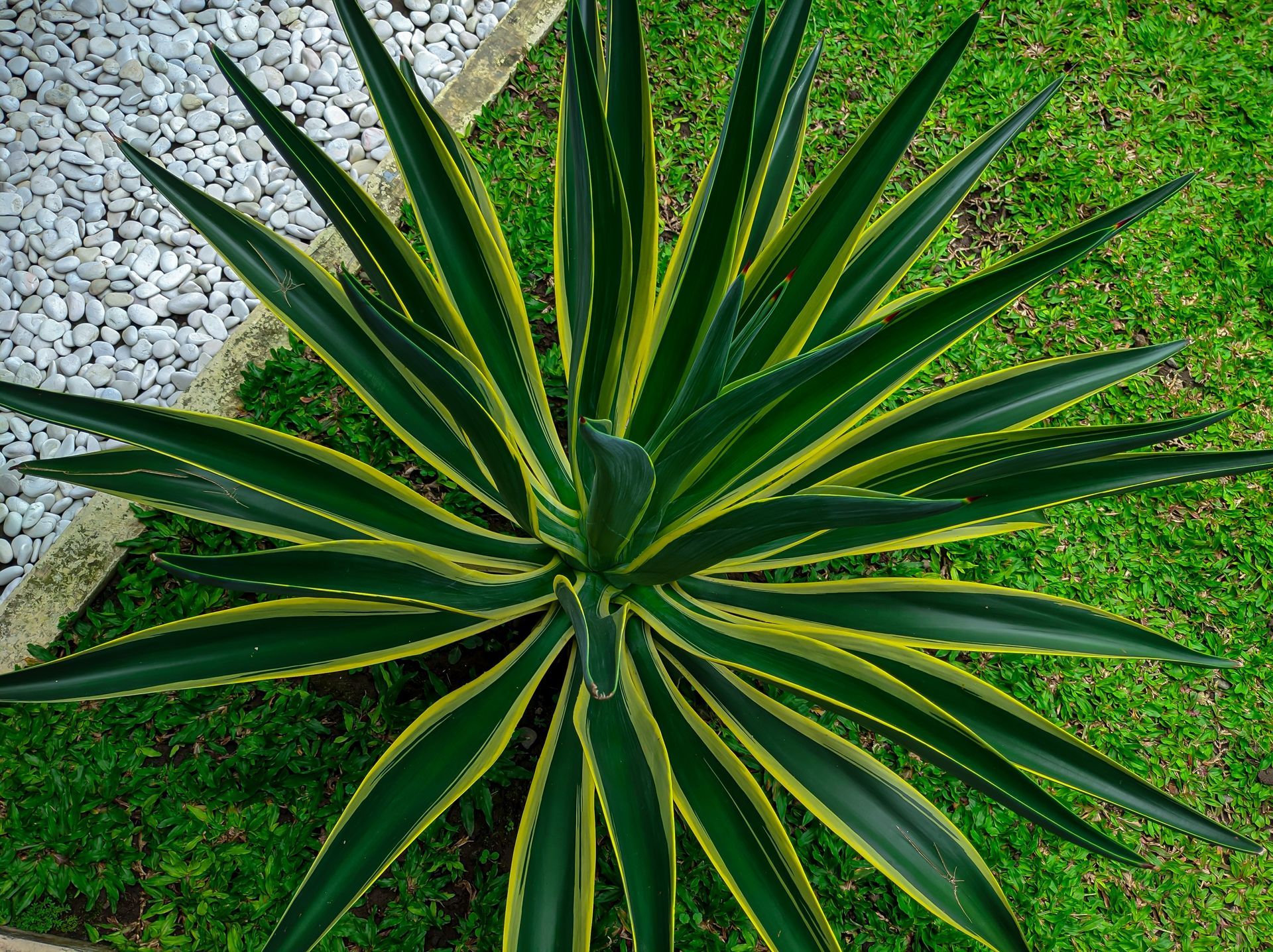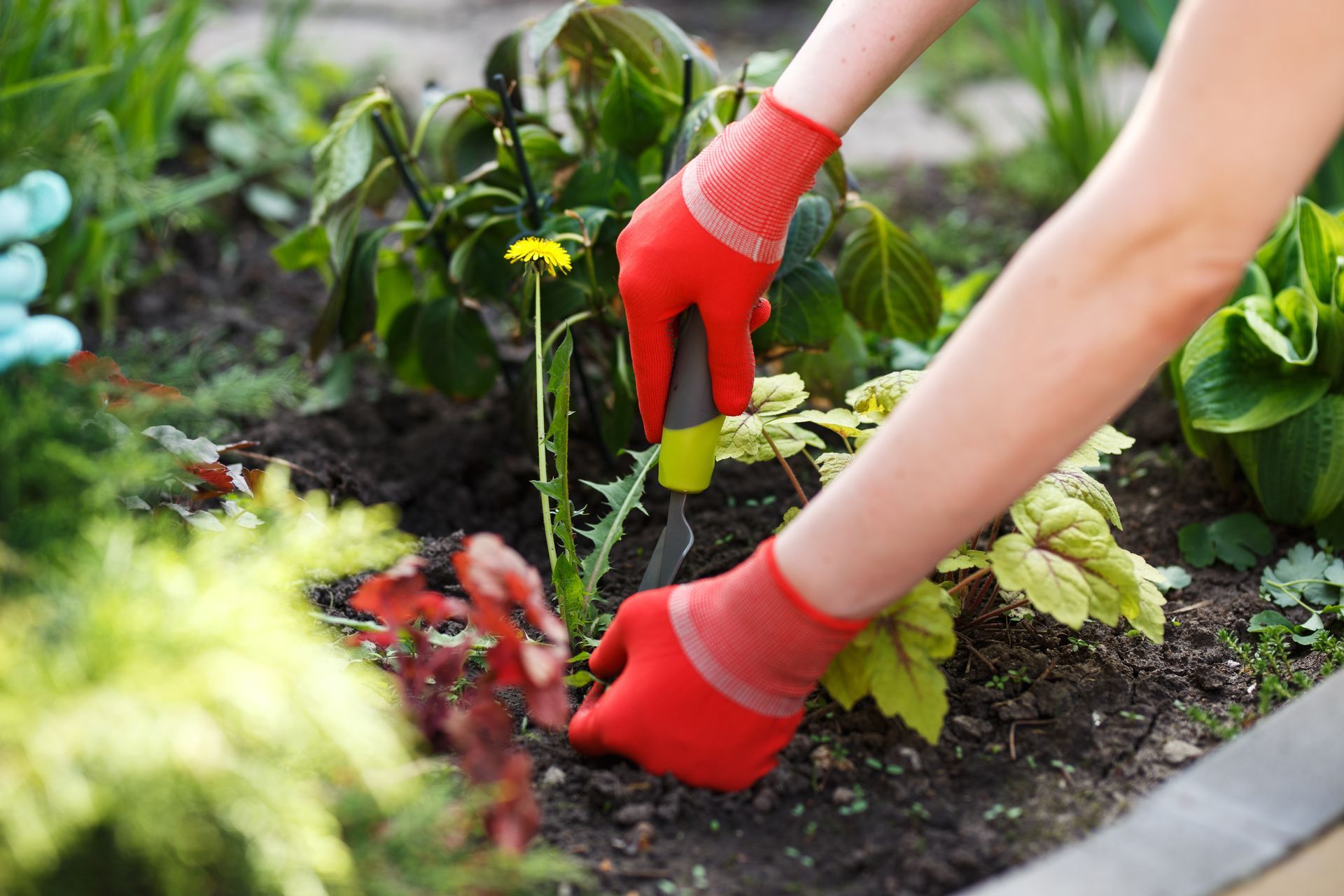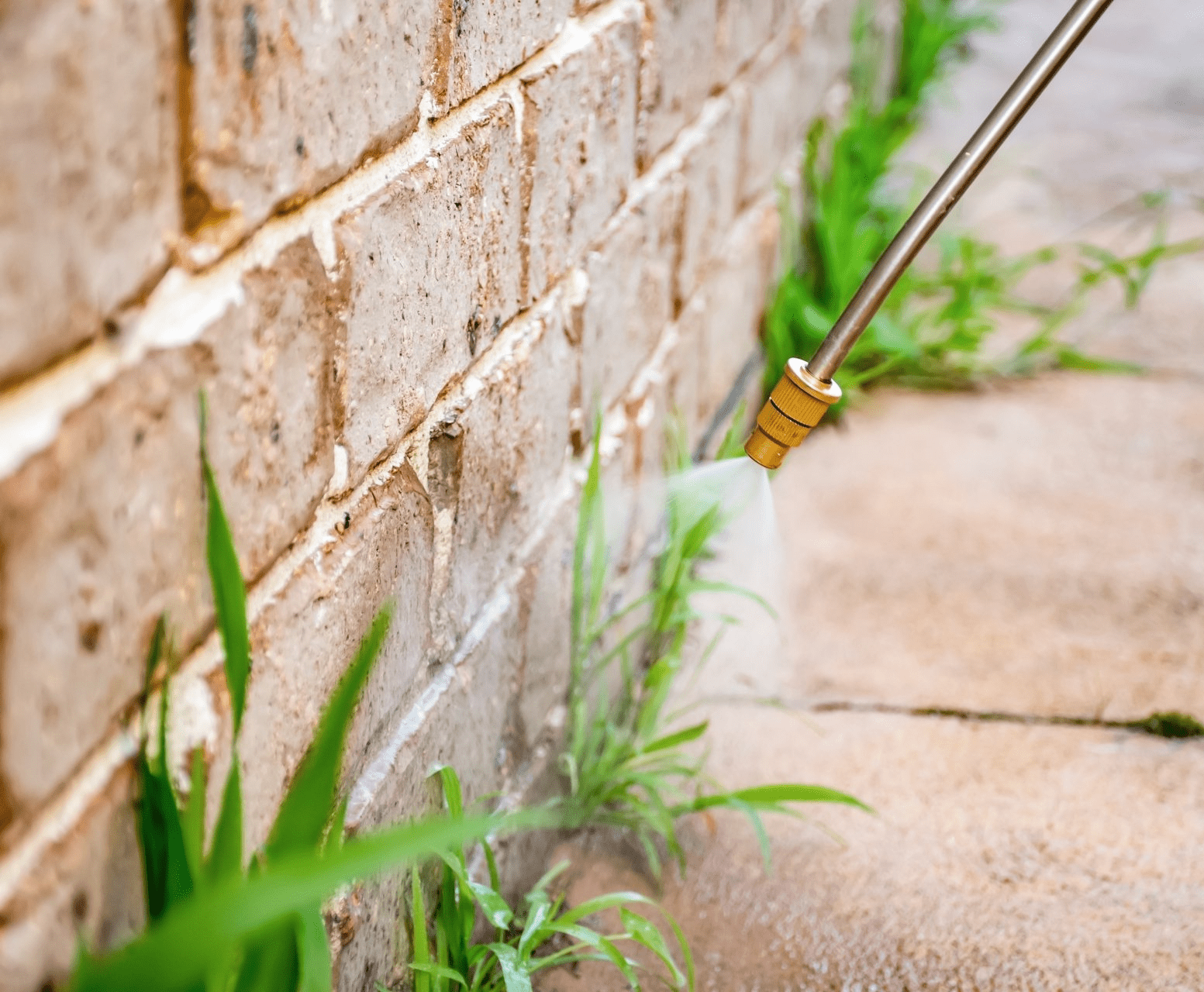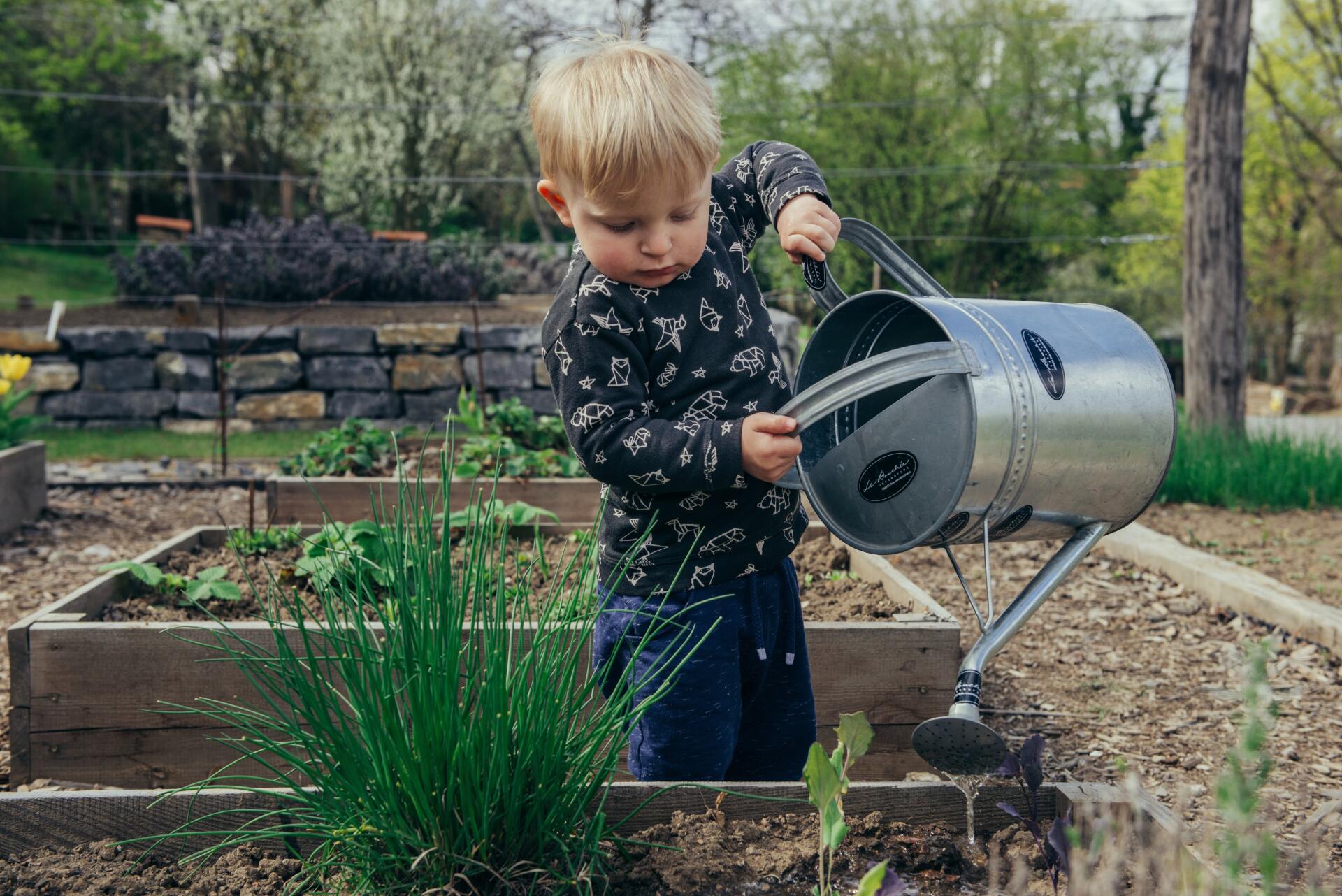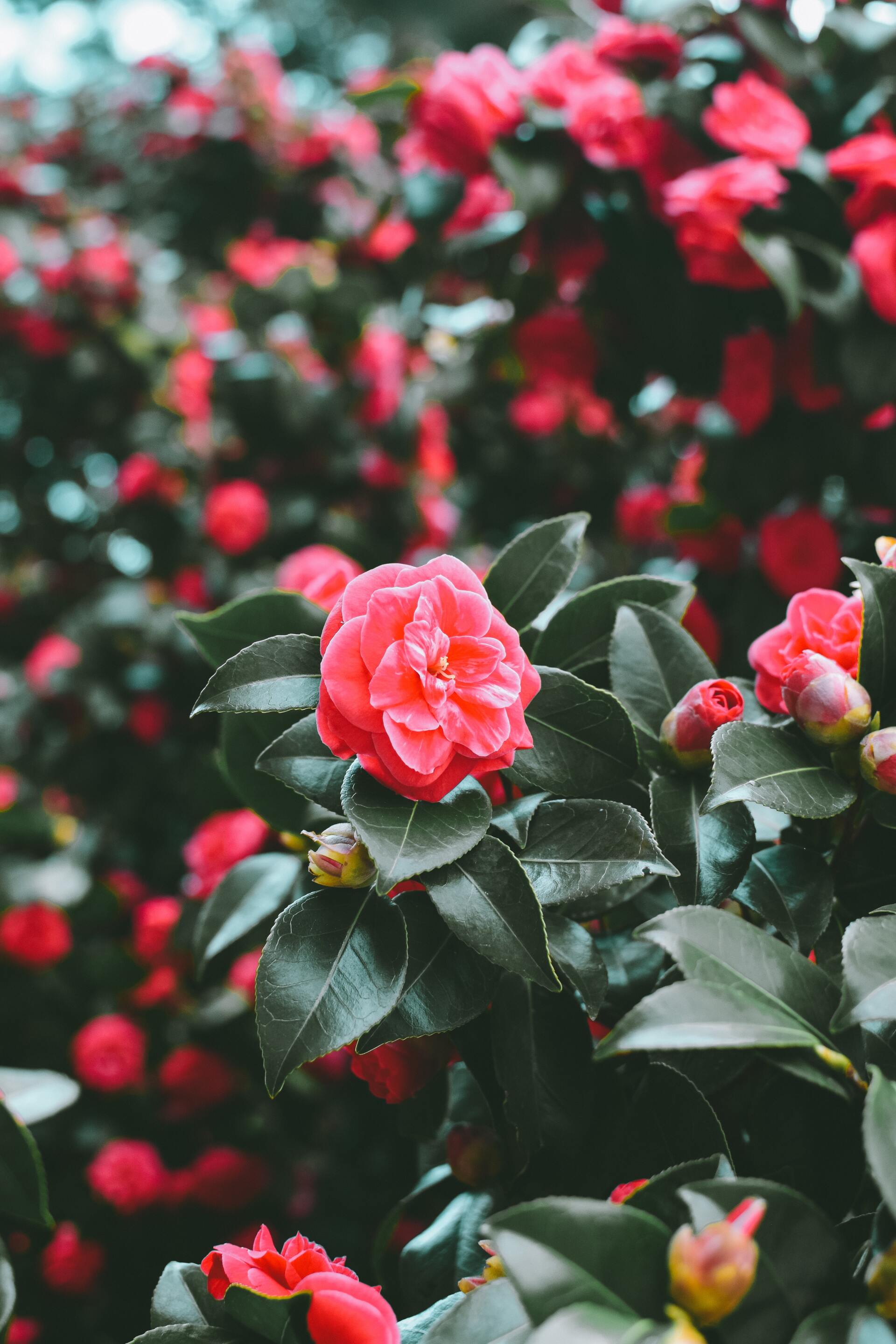Pruning Gooseberry Bushes
Pruning is an essential part of the upkeep of numerous plants.
While pruning is often an aesthetic choice, it is a necessity for many edible plants — especially gooseberries. The good news is that pruning gooseberry bushes is very similar to pruning other soft fruit plants, so once you’ve got a handle on the gooseberries, the others should be a breeze!
Before we give you the tips and steps to pruning your gooseberry bush, you might be wondering why you have to do it at all. There are many benefits, including:
1. Avoid disease.
Pruning a bush allows airflow and sunlight into the center of the bush, preventing the build up of bacteria, mould and a range of plant diseases. This will keep your bush happier and healthier, for longer.
2. Promote healthy growth.
Plants take a lot of energy to grow, and you want that energy focused where it can be used best. When the dead and dying parts of a plant are cut away, the growth will be concentrated in the healthy shoots — which will give you fruit.
3. Easy access.
If the gooseberry bush is matted and congested, you’ll have difficulty accessing the fruit when it's ripe for the picking. When you open up the bush with a good pruning, gooseberries are much more accessible and you'll literally be able to taste the fruits of your labor.
Now that we’ve established the importance of pruning your gooseberry bush, it’s important to note that it should only be done at certain times.
Gooseberry bush pruning should be done in winter, from early June to mid-July. Fruit bushes are dormant during the winter, so this is when you want to prune. They only need to be pruned once a year to promote healthy growth.
To successfully prune, you’ll need three tools — secateurs, thick gloves, and a bucket. Since gooseberry bushes are incredibly thick and thorny, you’ll want to make sure your gloves don’t have any holes in them.
How to prune gooseberry bushes.
- Step one for pruning is to pick out the branches that are dead, dry, or overly congested. Remove those parts of the bush with your secateurs to the point at which they are healthy. Try to ensure that the no parts of the shrub get too sparse — you want it to stay mostly even.
- After that, remove any overgrowth in the centre of the bush. The ideal shape for a gooseberry bush is that of an open, upward facing palm. This lets the light into the centre of the bush, and makes for easy pickings come summer.
- If there are any branches older than 3-4 years, you’ll also want to remove them. These are going to be less productive that younger branches, and removing them will promote the growth of new ones. If your plant is mature, you ultimately want to have around 10 main branches – of course, if you plant is younger it will probably have quite a few less.
- After you've finished pruning you just need to collect your cuttings, dispose of them as green waste, and let your bush grow! There should be gooseberries ready to pick by early summer.
When in doubt, leave it to a professional Perth gardener.
Even if you know what to do, gooseberry pruning still isn’t top of the priority list for a lot of people. In any case, it’s unlikely that the only gardening you have to do is gooseberry pruning — there’s probably weeding, mulching, lawn care, and more. Sounds like you need Two Gloves...
Tell us about your gardening needs, and we’ll give you a
free gardening quote.


